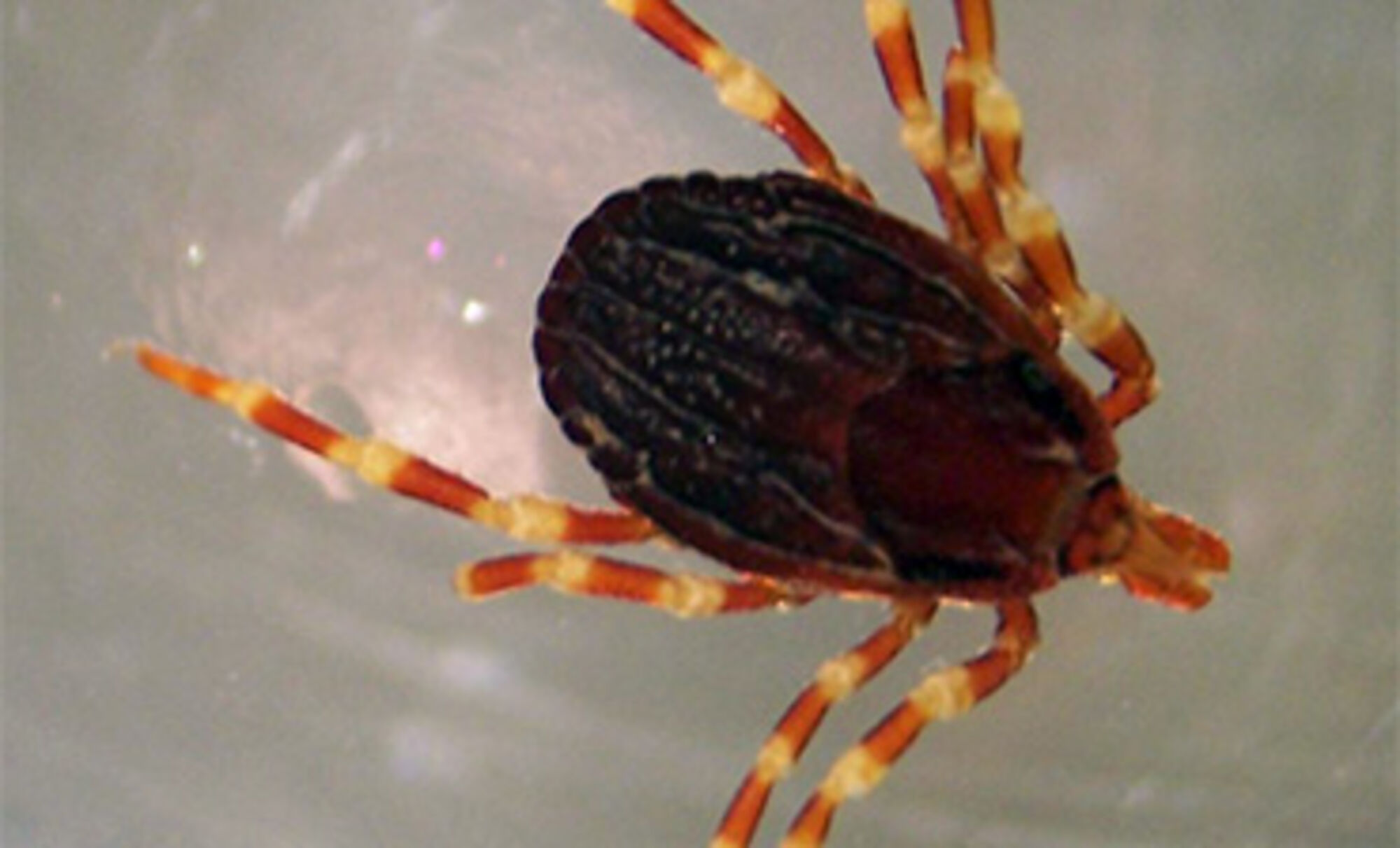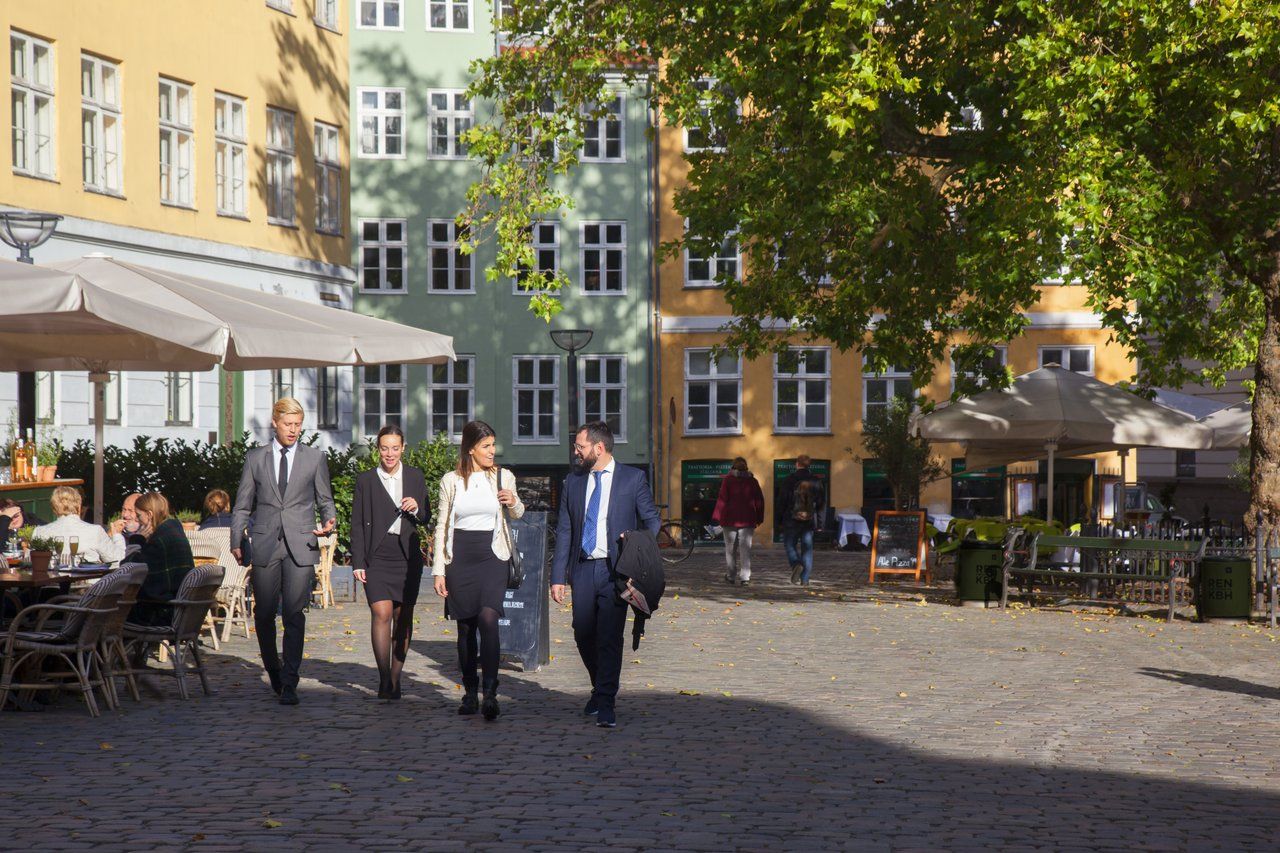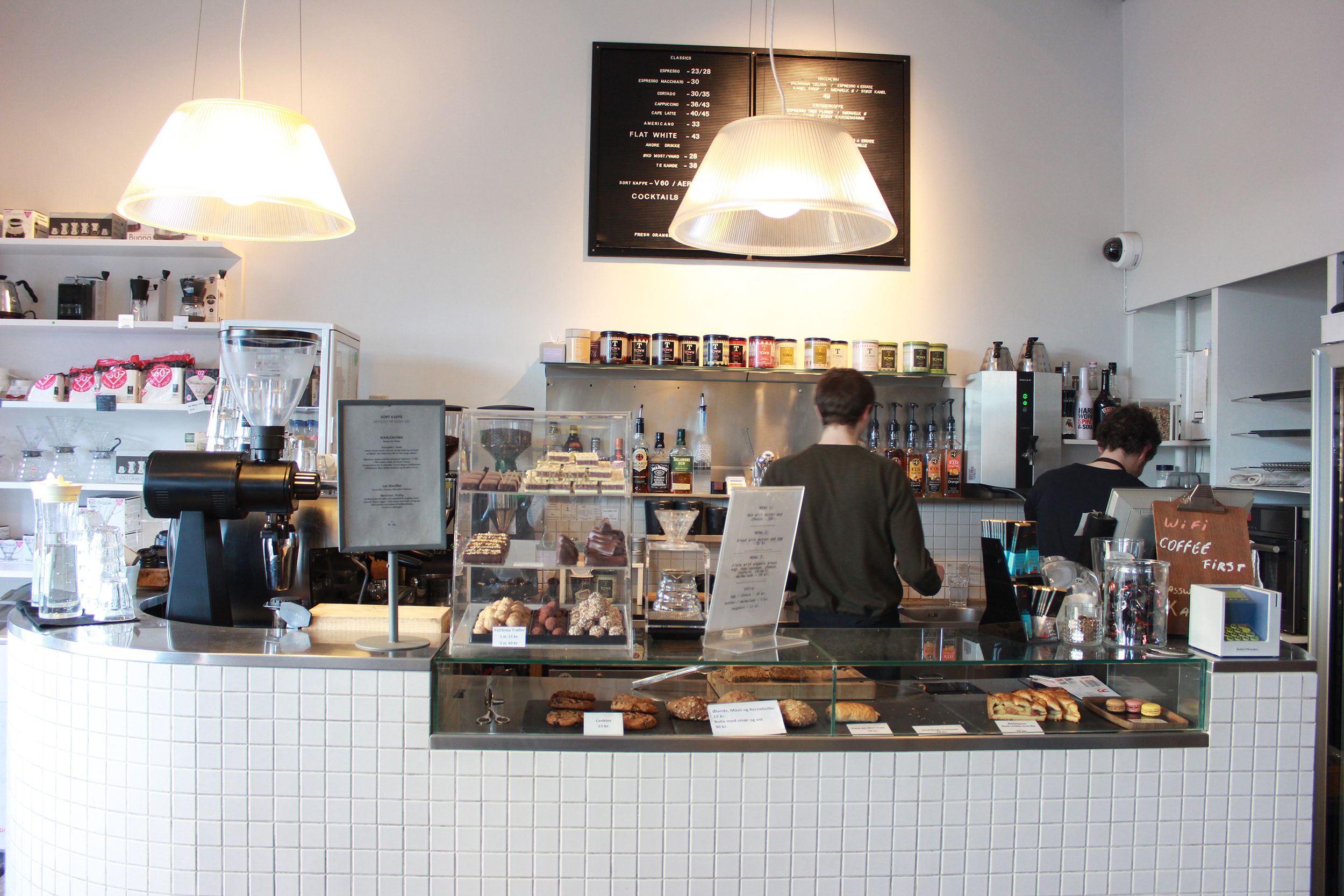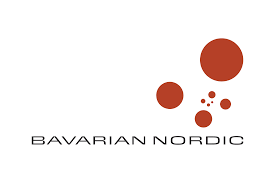The world’s largest genetic study on ancient cats has revealed that the Vikings brought the felines along on their travels.
A research team led by Eva-Maria Geigl, an evolutionary geneticist at the Institut Jacques Monod in Paris, analysed DNA from more than 200 cat remains found at more than 30 archaeological sites across Europe, Middle East and Africa.
The samples date from the Mesolithic period (15,000 BC) up to the 18th century.
Among others, the researchers found cat remains with maternal DNA lineage dating to the 8th-11th century AD at a Viking site in northern Germany.
“Sea-faring people probably kept cats to keep rodents in check,” Geigl told the science journal Nature.
READ MORE: Vikings may have been to North America much earlier than believed
In Denmark, the oldest cat remains were discovered near Odense, where archaeologists uncovered 68 cadavers from Viking times in a well.
Meanwhile, a tomcat foot bone (talus) dated to 200 AD found in a grave with burnt human remains near Kastrup in southern Jutland suggests it was used as an amulet with a symbolic value.
According to Norse mythology, Freja, the goddess of love, had a carriage driven by a pair of cats, and other known myths confirm the Vikings used cats, explained Jes Martens from the Museum of Cultural History in Oslo.














